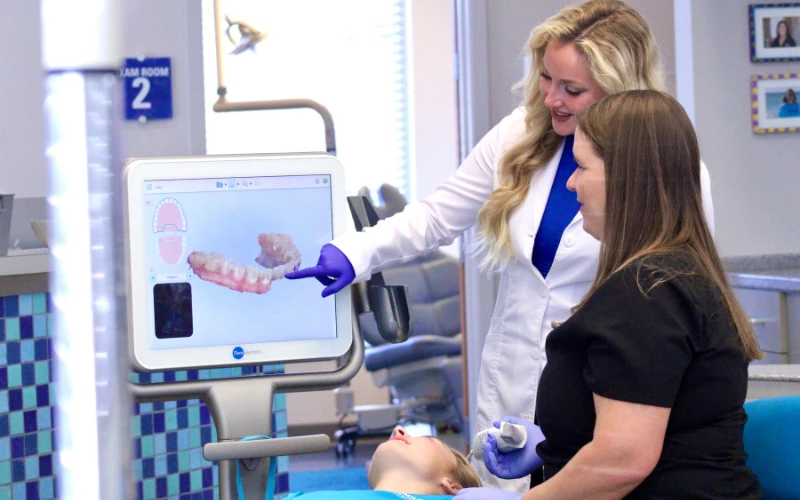
When it comes to straightening teeth, many adults are now opting for invisible braces over traditional braces. Both options have their own set of pros and cons, so it's important to understand the differences between the two before making a decision. In this complete guide, we will explore the key factors to consider when choosing between invisible braces and traditional braces as an adult.
One of the main reasons why adults prefer invisible braces is their discreet nature. Invisible braces, also known as clear aligners, are virtually invisible when worn. This means that adults can straighten their teeth without feeling self-conscious about their appearance. On the other hand, traditional braces are more noticeable due to their metal brackets and wires. Some adults may feel uncomfortable with the idea of having a mouth full of metal, which is why they opt for invisible braces instead.
Another factor to consider is comfort. Invisible braces are custom-made for each individual, ensuring a snug and comfortable fit. The smooth plastic material used in clear aligners also reduces the risk of irritation and sores in the mouth, which is a common issue with traditional braces. In contrast, traditional braces can cause discomfort and soreness, especially after adjustments. However, some adults may find the pressure and tightness of traditional braces more effective in moving teeth compared to the gradual adjustments of clear aligners.
One advantage of traditional braces is their ability to treat more complex orthodontic issues. Since traditional braces are fixed to the teeth, they can apply more pressure and force to move teeth into the desired position. This makes them more suitable for cases of severe crowding, misalignment, or bite issues. Invisible braces, on the other hand, may be limited in their ability to address complex orthodontic problems. It's important to consult with an orthodontist to determine which option is best for your specific needs.
Cost is another important consideration when choosing between invisible braces and traditional braces. In general, invisible braces tend to be more expensive than traditional braces. The cost of invisible braces can vary depending on the brand, the length of treatment, and any additional services required. Traditional braces, on the other hand, may be a more cost-effective option for some adults. It's important to factor in the overall cost, including consultations, appointments, and maintenance, when making a decision.
When it comes to maintenance and care, invisible braces have the upper hand. Clear aligners are removable, which makes it easier to brush and floss your teeth compared to traditional braces. This can help prevent issues such as tooth decay and gum disease during orthodontic treatment. With traditional braces, special care is needed to clean around the brackets and wires, which can be more time-consuming and challenging. It's essential to maintain good oral hygiene habits regardless of which option you choose.
Finally, the duration of treatment is a key factor to consider. Invisible braces typically have a shorter treatment time compared to traditional braces. The length of treatment with invisible braces can range from a few months to a couple of years, depending on the complexity of the case. Traditional braces may require a longer treatment time, with an average of 18-24 months. Adults who are looking for a quicker and more discreet option may prefer invisible braces for their orthodontic treatment.
In conclusion, both invisible braces and traditional braces have their own set of advantages and disadvantages. It's essential to weigh the factors of discretion, comfort, effectiveness, cost, maintenance, and treatment duration when choosing between the two options as an adult. Consult with an orthodontist to discuss your goals and concerns, and to determine the best orthodontic treatment plan for your individual needs. Whether you choose invisible braces or traditional braces, the ultimate goal is to achieve a straighter and healthier smile that you can be proud of.
